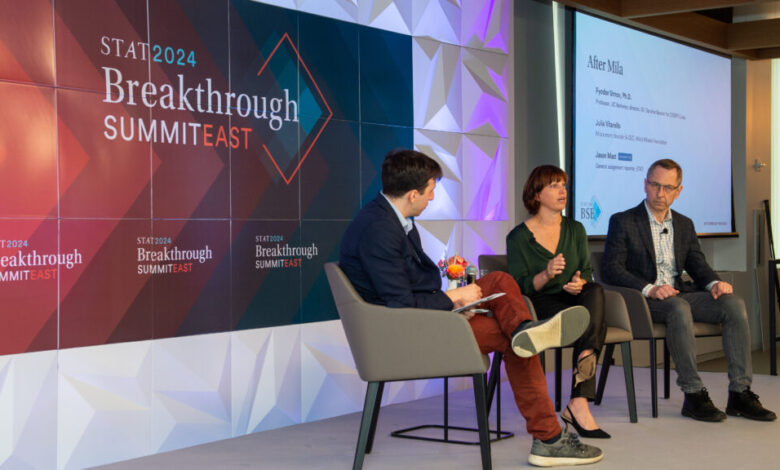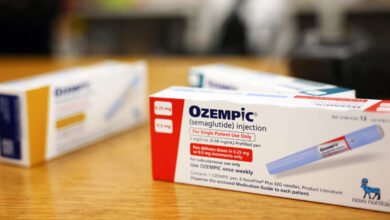CRISPR technology availability, affordability needs to be expanded

CRISPR is no longer a promising but unproven technology — it is a reality. But for this powerful gene-editing tool to reach its full potential, researchers and disease advocates say they’ll have to solve a thorny problem: connecting patients suffering from devastating diseases with therapies that could help them.
Experts pointed to lab-developed tests, or LDTs, as one important element that could help make this connection during a panel at the STAT Breakthrough Summit East in New York on Thursday. These tests, which are performed by certified labs using clinical samples, are playing an increasingly important role in shaping health care decisions — and they have the potential to identify genetic diseases.
“Science is not the limiting factor anymore,” said Julia Vitarello, founder and CEO of Mila’s Miracle Foundation, an organization devoted to finding a cure to Batten disease, a deadly neurological disorder. The technology to find patients and tailor bespoke treatments exists, she added, but “we do not have the infrastructure and the processes that connect these tens of millions of dying children with the technologies that we actually have today.”



